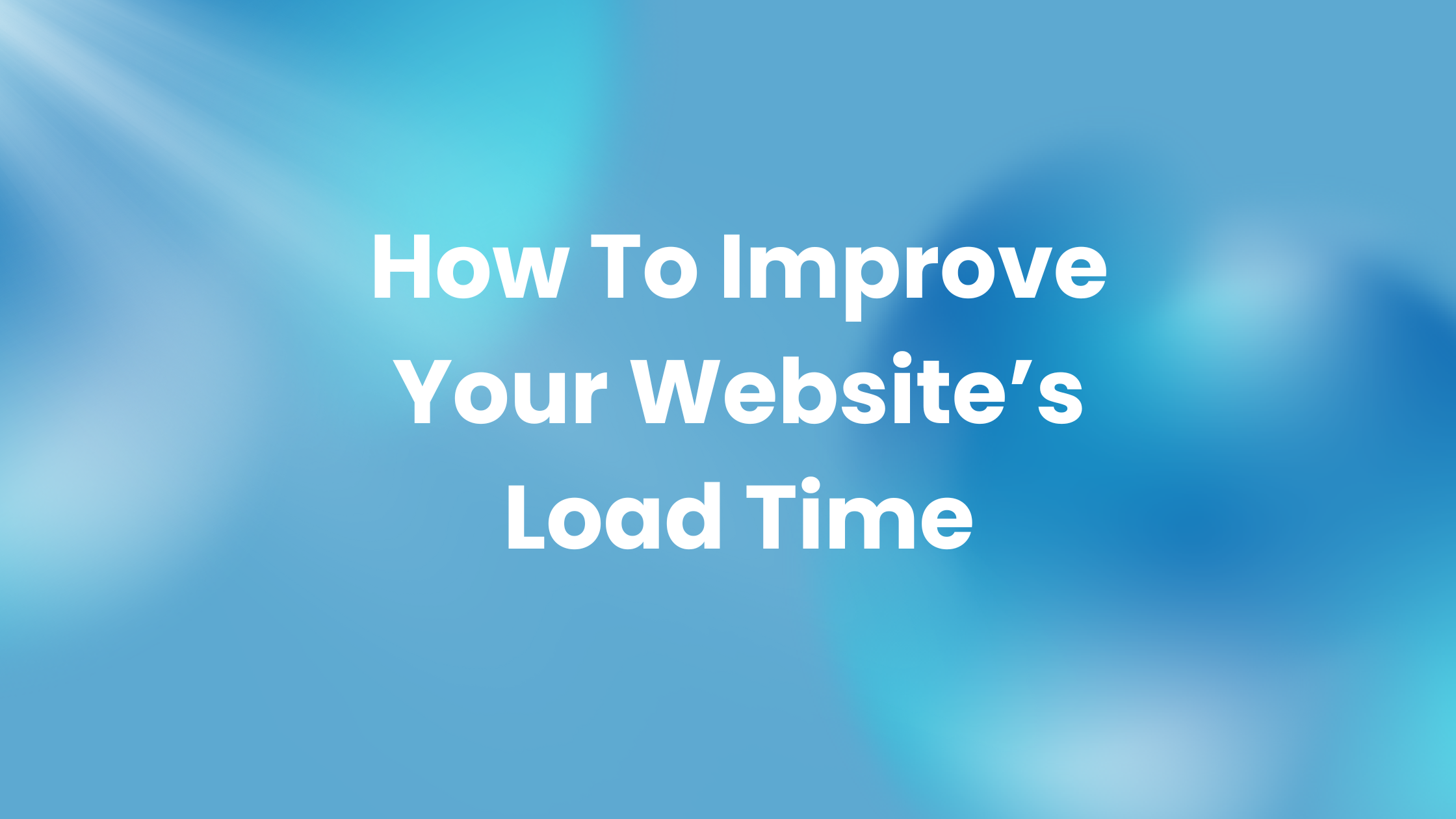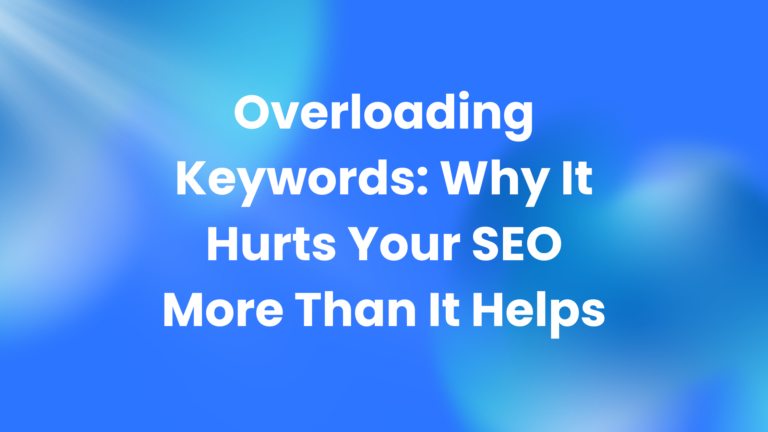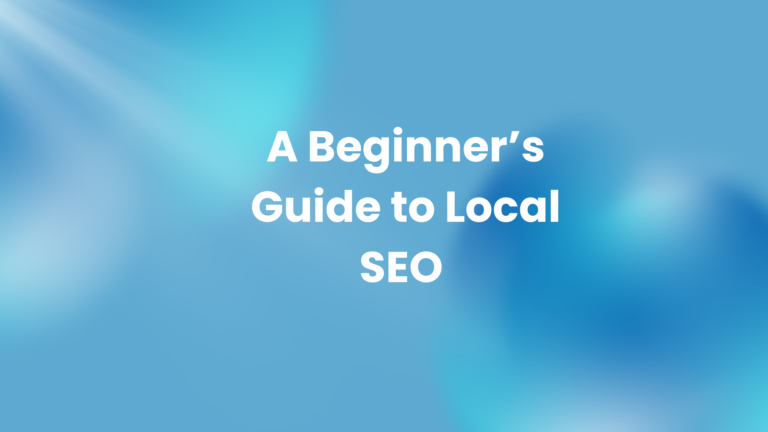How to Improve Your Website’s Load Time and Why It Matters
A fast-loading website is essential to keeping visitors engaged and driving business success. Today, users expect pages to load almost instantly; if your website takes too long, they’ll likely leave and may not return. In this post, we’ll explore why website load time matters and share actionable strategies to help you improve it.
Why Website Load Time Matters
Your website’s load time can significantly impact user experience, search engine rankings, and conversion rates. Let’s delve into why load time is so crucial.
User Experience
User experience is paramount when it comes to keeping visitors on your site. According to studies, 53% of mobile users will abandon a site if it takes longer than three seconds to load. Long load times frustrate users, resulting in higher bounce rates and less time spent on your site. Fast load times lead to a more seamless experience, which in turn, encourages visitors to stay longer and engage with your content.
Search Engine Optimization (SEO)
Google and other search engines consider load time as a ranking factor. This means that if your website is slow, it may rank lower in search results, reducing its visibility and limiting organic traffic. Google’s algorithm rewards websites with fast load times, which makes improving your speed an effective way to boost your SEO performance and enhance online visibility.
Conversion Rates
A slow website directly impacts your conversion rates. Research shows that a one-second delay in page load time can result in a 7% reduction in conversions. If you’re running an e-commerce or service-based website, a quick load time can be the difference between a potential customer completing a purchase or moving on to a competitor.
Key Strategies for Improving Your Website’s Load Time
Improving your website’s load time involves optimizing various elements that affect speed. Here’s a step-by-step guide to help you get started.
1. Compress Images
Images are often the largest elements on a webpage, and large images can slow down your load times significantly. By compressing your images, you can reduce file sizes without sacrificing quality, making your website load faster.
How to Compress Images:
- Use Online Tools: Tools like TinyPNG and ImageOptim compress images quickly and maintain good quality.
- Select the Right Format: Use JPEG for photos and PNG for images with transparency. WebP is also a great alternative format for smaller file sizes.
- Lazy Loading: Only load images as they appear on the user’s screen, rather than all at once. Many content management systems (CMS) and plugins offer lazy loading as an option.
2. Minify CSS, JavaScript, and HTML
Every website includes CSS, JavaScript, and HTML files. These files can be lengthy and filled with extra spaces, comments, and line breaks, which can slow down loading. Minifying these files means removing unnecessary characters and shortening the code, helping pages load faster.
How to Minify Your Files:
- Use Online Minifiers: Tools like CSS Minifier, JS Compress, and HTML Compressor can minify files quickly.
- Implement a Plugin: Many popular CMS platforms like WordPress have plugins (such as Autoptimize and WP Rocket) that can automatically minify files.
3. Use a Content Delivery Network (CDN)
A CDN is a network of servers distributed globally that cache and deliver your website content based on the location of your users. By storing copies of your website on multiple servers around the world, a CDN allows users to access it from a server near them, reducing load time and enhancing performance.
Popular CDN Options:
- Cloudflare: A widely-used CDN offering both free and paid plans.
- Amazon CloudFront: Part of Amazon Web Services, this CDN is highly scalable and used by larger businesses.
- Akamai: Known for its reliable content delivery network and extensive global reach.
4. Optimize Server Response Time
Server response time refers to the time it takes for a server to respond to a user’s request. The quicker the response, the faster the page loads. You can improve server response time by upgrading your hosting plan or using a managed hosting provider.
Ways to Improve Server Response Time:
- Choose a Quality Hosting Provider: Opt for providers that prioritize speed, such as SiteGround or Bluehost.
- Upgrade Your Plan: Consider dedicated or VPS hosting if your website is experiencing high traffic.
- Use Caching: Caching reduces the need for the server to process requests for every page view, speeding up load times.
5. Enable Browser Caching
Browser caching allows a user’s browser to store certain files, such as images, CSS, and JavaScript files, on their device. When the user revisits your website, these files can load directly from their device rather than the server, resulting in faster load times.
How to Enable Browser Caching:
- Edit Your .htaccess File: If you’re using Apache, add caching instructions to your .htaccess file.
- Use a Caching Plugin: If you’re using WordPress, plugins like W3 Total Cache and WP Super Cache can handle caching for you.
6. Reduce HTTP Requests
Every time a user visits your website, their browser sends a request to the server for each element on the page, including images, scripts, and stylesheets. Reducing the number of these requests can decrease load time.
Ways to Reduce HTTP Requests:
- Combine CSS and JavaScript Files: Instead of having multiple files, combine them to minimize the number of requests.
- Reduce Plugins and Third-Party Scripts: Limit the number of plugins you use, and remove any scripts that aren’t essential to your website’s performance.
- Use Inline CSS for Small Rules: For quick styling changes, use inline CSS within the HTML code instead of linking to an external file.
Monitoring Your Website’s Load Time
To measure the effectiveness of your speed optimization efforts, it’s essential to regularly monitor your website’s load time. There are several tools available that can help you track and analyze load times, enabling you to make adjustments as needed.
Recommended Tools for Monitoring Load Time:
- Google PageSpeed Insights: This tool provides an in-depth analysis of your website’s speed and offers suggestions for improvement.
- GTmetrix: GTmetrix not only measures your load time but also grades your website on various performance factors, providing actionable insights.
- Pingdom Tools: This tool allows you to test your website speed from multiple locations around the world, helping you understand load times from different perspectives.
Conclusion: The Benefits of a Faster Website
Improving your website’s load time can greatly enhance user experience, improve your SEO, and boost your conversion rates. By implementing the strategies discussed above, you can ensure your website remains fast and competitive, ultimately driving better results for your business. With the right approach, you’ll not only create a smoother experience for your visitors but also gain an edge in the crowded digital landscape. So, invest the time and resources needed to optimize your site speed—your users and bottom line will thank you.
Need help improving your website’s load time? Contact us today to learn how our team of experts can optimize your website for a faster, more engaging online experience.








